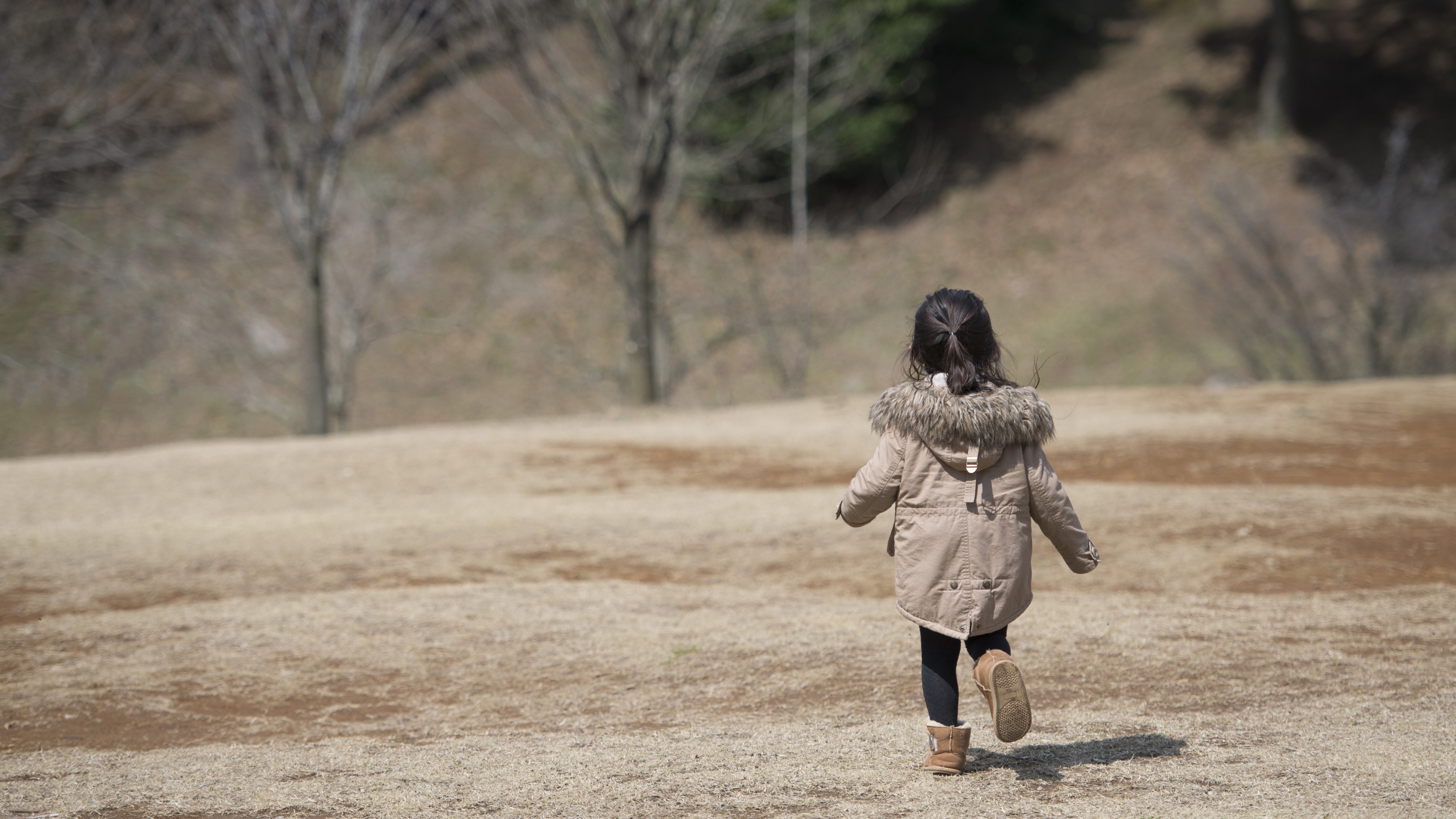Risky play – recent research suggests your toddler can do their own risk assessment

As your toddler becomes a more and more confident explorer, you might notice they seek out new challenges. The importance of risky play for pre-school (and older) children has been researched quite a lot, but researchers are increasingly interested in finding out more about how toddlers assess risk and what risky play might look like for them.
We all know that an important part of our role as parents is to keep our children safe, but there is evidence that thinking about and taking appropriate risks can help children develop the skills they need to assess risk; encourage them to be physically active and enjoy movement; and explore their abilities in playful situations so they know when something is too dangerous for them.[1]
So, what might risky play look like for your toddler?
Professor of Early Childhood Education, Ellen Beate Hansen Sandseter, worked with children and staff in two pre-schools to identify six categories of risky play (a further two were added following research with toddlers).[2]
These categories are based on children’s and adults’ views about perceived risk. Exactly what your toddler sees as risky will vary according to their experiences and skills.
Play at great heights
For your toddler, a great height might simply be the top of a short slide, the second rung of a climbing frame, or playing on a steep slope or hill.
Play at high speeds
What your toddler perceives as a high speed will be unique to them. For them, running might feel like a risk, especially if they are on an unfamiliar or uneven surface.
Play with dangerous tools
For your toddler, this is likely to be tools they have seen and understand need to be used carefully, so perhaps cutting their own snack using a butter knife, or using a hammer – which may not seem like play to you but might to your toddler.
Play near dangerous elements
This might include playing near water, on a steep hill or at the beach.
Because your toddler’s risk assessment skills are still developing, you will need to supervise any play near dangerous elements like water very closely.
Rough-and-tumble play
This could include things like tickling, as well as wrestling, playfighting and climbing on each other.
Play where children go exploring alone
For your toddler, this will be playing just a little further away from you than they usually would – rather than them actually being alone!
These last two were added following research with children age between one and three years:[3]
Play with impact
This sounds rather painful, but in fact simply refers to when toddlers bump into other children or objects. Your toddler might adjust the force of the bump as they play depending how much sensory input they're enjoying.
Vicarious risk
For your toddler, watching others take risks and observing the outcomes can be as helpful (and fun) as engaging in their own style of risky play.
Noticing your toddler assessing risk
When you watch your toddler play, you might notice them making judgements about risk – they may pause before they walk down a steep slope. Or even stop and hold their hand out towards you as they realise they need to hold your hand at first.
Or they might repeat actions, as they test their ideas, perhaps walking up and down a slope or hill many times; partly to develop the skills they need to do this, but also to test adjustments to their speed or body position and see if they can still walk without falling.
Your toddler might make judgements about risk by watching other children[2]
You may well see them watching other children walking and slipping on a muddy slope, before they take a different route – or decide to crawl up the slope instead.
Of course, risky play needs to be risk assessed by you, too. If your toddler could be seriously hurt, then you would always intervene.
It can be hard not to step in and help every time your toddler is doing something risky or challenging, but when you can, try to hold back.
Stay close, watch and notice how your toddler is starting to assess risk, seek challenges and understand their abilities.
References:
[1] Little, H. (2022). “It’s about taking the risk”: Exploring toddlers’ risky play in a redesigned outdoor space. Education Sciences, 12, 677.
[2] Tangen, S., Olsen, A., & Sandseter, E.B.H. (2022). A GoPro look on how children aged 17-25 months assess and manage risk during free exploration in a varied natural environment. Education Sciences, 12(5), Article 361.
[3] Kleppe, R. (2018). Characteristics of staff-child interaction in 1-3-year olds’ risky play in early childhood ecucation and care. Early Child Development and Care, 188(10), 1487-1501.